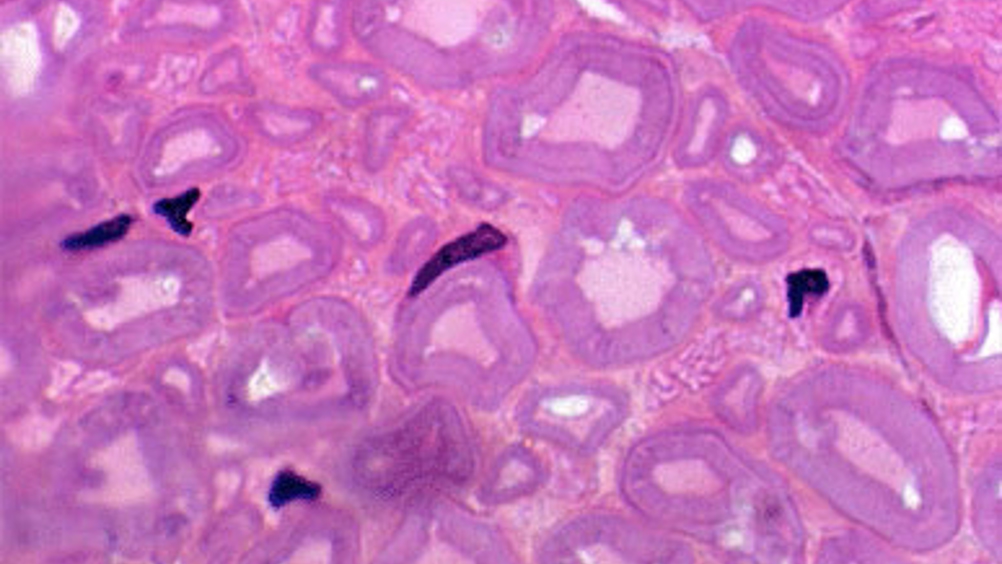Graphene has potential as cell membrane modelling surface
Researchers at Manchester University have demonstrated that membranes can be directly ‘written’ on to a graphene surface using Lipid Dip-Pen Nanolithography (L-DPN).

The researchers at Manchester University - led by Dr Aravind Vijayaraghavan, and Dr Michael Hirtz at the Karlsruhe Institute of Technology (KIT) - describe their work in Nature Communications.
The human body contains 100 trillion cells, each of which is enveloped in a cell membrane that have a plethora of proteins, ion channels and other molecules embedded in them, each performing vital functions.
Understand these systems will enable their application in areas such as bio-sensing, bio-catalysis and drug-delivery. Considering that it is difficult to accomplish this by studying live cells inside the human body, scientists have developed model cell membranes on surfaces outside the body, to study the systems and processes under more convenient and accessible conditions.
Dr Vijayaraghavan’s team at Manchester and their collaborators at KIT have shown that graphene is a suitable new surface on which to assemble these model membranes, and is claimed to bring many advantages compared to existing surfaces.
Register now to continue reading
Thanks for visiting The Engineer. You’ve now reached your monthly limit of news stories. Register for free to unlock unlimited access to all of our news coverage, as well as premium content including opinion, in-depth features and special reports.
Benefits of registering
-
In-depth insights and coverage of key emerging trends
-
Unrestricted access to special reports throughout the year
-
Daily technology news delivered straight to your inbox









Pipebots Transforming Water Pipe Leak Detection and Repair
Fantastic application.